Tired of the Hype? Here’s How You Actually Eat for Fat Loss
After years of guiding people through the maze of nutrition, there’s one question that always comes up. People get this hopeful look in their eyes and ask, “So, what are the real foods that burn belly fat?” It’s a totally fair question, fueled by countless headlines promising a quick fix. And I always start with the same truth: No single food magically melts fat off your body. I wish it were that easy, but our bodies just don’t work that way.
In this article
Fat loss is really about creating a consistent, gentle energy shortage. For most people, this means eating about 300 to 500 calories less than your body burns each day. When you do that, your body turns to its fat stores for fuel. But here’s the secret: the types of food you eat determine whether this feels like a sustainable lifestyle change or a miserable crash diet. The right foods keep you feeling full, give you steady energy, and help your body function at its best. So, let’s ditch the idea of “fat-burning” foods and talk about building a plate that actually supports your goals.

By the way, it’s good to know there are two kinds of belly fat. The one you can pinch is subcutaneous fat, right under the skin. The more concerning type is visceral fat, which is hidden deep inside your abdomen, wrapped around your organs. High levels of visceral fat are linked to some serious health issues. The great news? A solid nutrition plan helps reduce both. This isn’t just about how you look; it’s about getting healthier from the inside out.
The ‘Why’ Behind the Food
To really make a lasting change, you need to understand why certain foods are so helpful. This is the foundation that turns a temporary diet into habits that stick for life. Once you get this, it all clicks into place.
Your Body’s Built-In Furnace: The Thermic Effect
Did you know your body burns calories just by digesting food? It’s called the thermic effect of food (TEF), and it’s a small but mighty tool in your arsenal. Protein is the undisputed champion here. Roughly 20-30% of the calories from protein are burned off during digestion. For carbs, it’s about 5-10%, and for fats, it’s a tiny 0-3%. This means a high-protein meal gives your metabolism a little extra nudge. It’s not a giant leap, but over time, those little nudges add up to real progress.
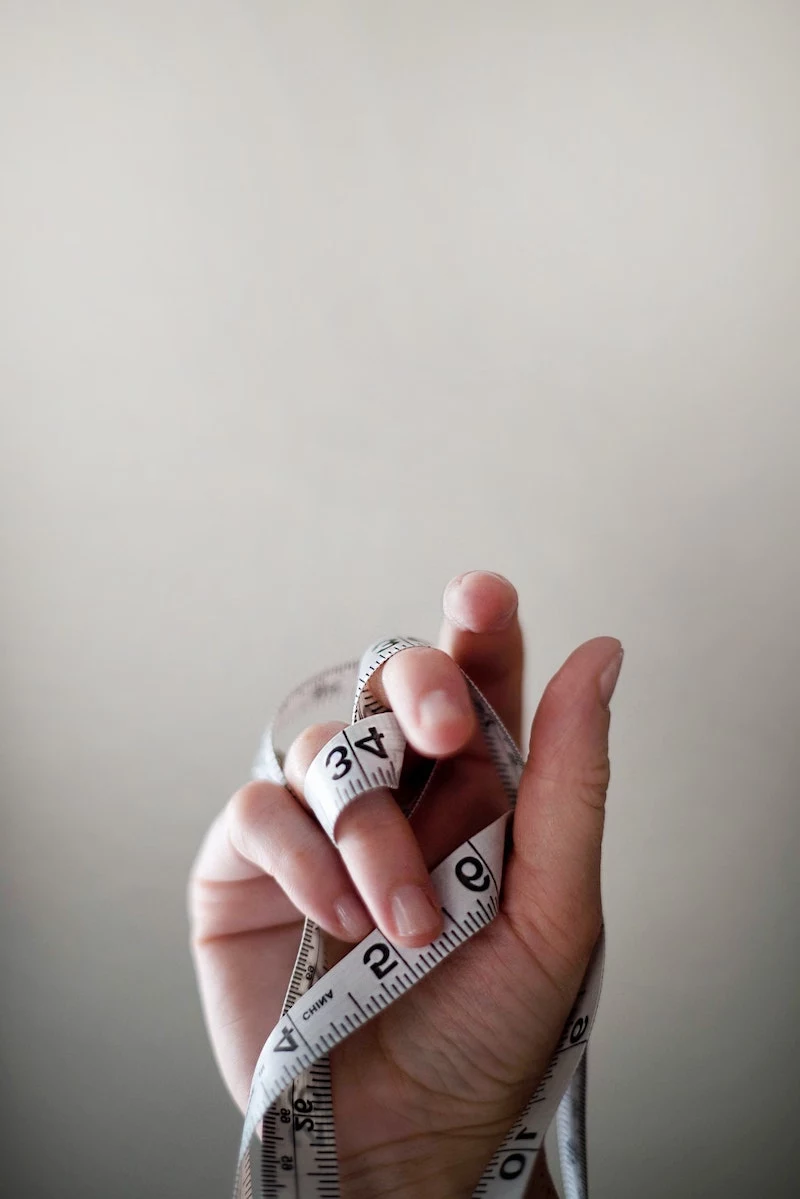
The Hunger-Busting Power of Satiety
Honestly, feeling hungry all the time is the number one reason diets fail. Your best defense? Foods loaded with protein and fiber. These two are the dynamic duo of satiety—the feeling of being full and satisfied. Protein slows down how quickly your stomach empties, and soluble fiber forms a gel-like substance in your gut. This combo slows digestion and keeps your blood sugar stable. The result? You feel full for hours, are way less likely to raid the pantry for snacks, and can maintain that calorie deficit without feeling deprived.
Hormones, Stress, and Healthy Fats
For a long time, fat was made out to be the bad guy. We now know that was a huge mistake. Healthy fats—the monounsaturated and polyunsaturated kinds—are absolutely essential. They play a huge role in creating hormones that regulate everything from your mood to your metabolism. For instance, chronic stress pumps up a hormone called cortisol, which can actually signal your body to store more belly fat. A diet with plenty of healthy fats from sources like avocados, nuts, and olive oil helps keep your hormonal system in balance. Plus, they’re necessary for absorbing key vitamins like A, D, E, and K. A well-nourished body is a happy, efficient body.
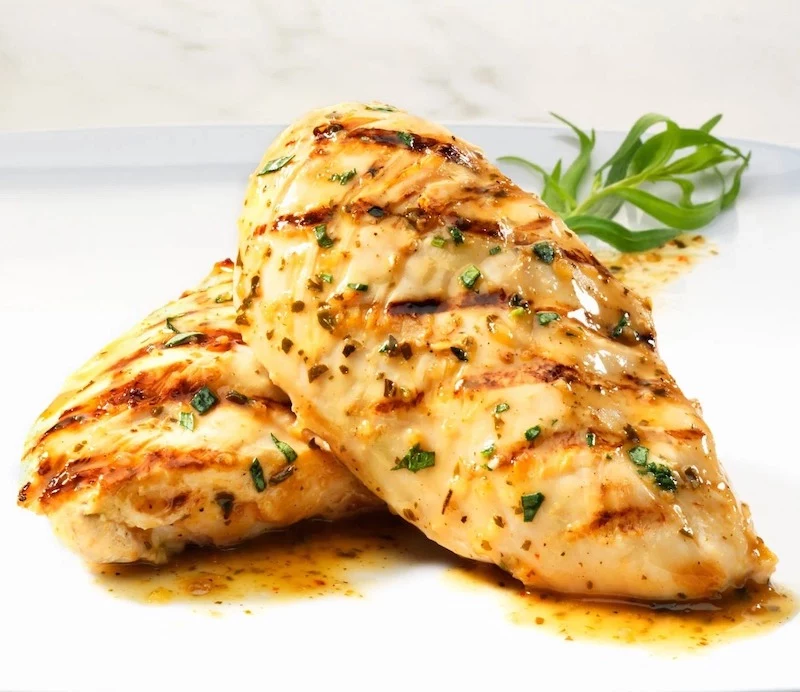
Your Fat-Loss Food Toolkit
Okay, enough science. Let’s get practical. Here are the food groups I always recommend, along with some real-world tips on how to choose them, cook them, and fit them into your life.
Group 1: The Protein Powerhouses
These are the foundation. They keep you full, satisfied, and help you hold onto precious muscle while you lose fat. Think of protein as the anchor of your meal.
Lean Meats and Fish: You want to focus on things like chicken breast, turkey, and lean cuts of beef and pork. A great tip a butcher once gave me is to look for minimal marbling (the white specks of fat). When you’re at the grocery store, ask for cuts like sirloin steak, pork loin, or top round roast. How you cook it is just as important as what you buy. Grilling, baking, or pan-searing with a touch of olive oil is the way to go—frying just adds back a bunch of calories and unhealthy fats. Quick tip: A digital meat thermometer is your best friend. Cook chicken to 165°F and pork to 145°F to keep it juicy and safe without overcooking it into a tough, sad puck.
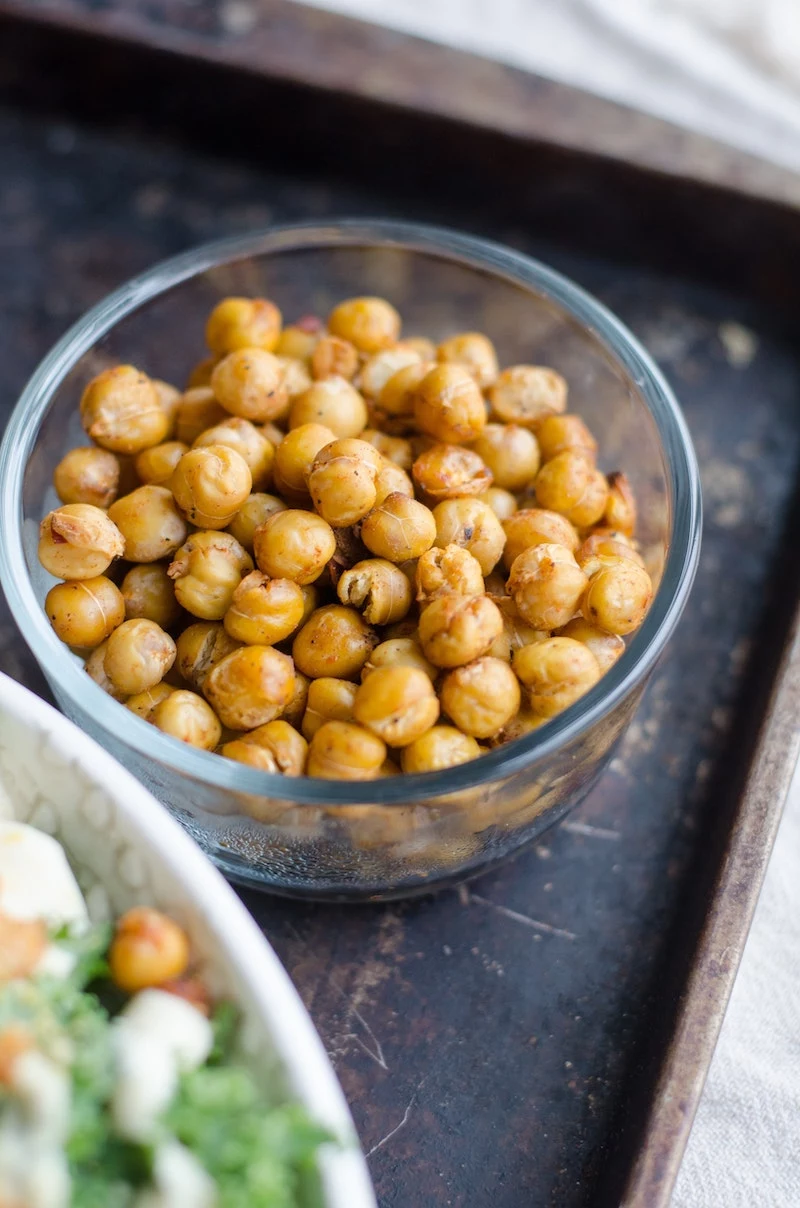
Fatty fish like salmon, mackerel, and sardines are also incredible. They’re packed with protein and anti-inflammatory omega-3 fatty acids. You’ll see wild-caught and farm-raised salmon at the store; wild-caught is often a bit leaner with a better fat profile, but farm-raised is more affordable (around $9-12 per pound versus $15-25 for wild) and still a fantastic option. Don’t sleep on canned salmon, either! It’s a budget-friendly way to get the same benefits, often for just $3-5 a can.
Eggs: For years, people were scared of the cholesterol in egg yolks. Thankfully, we now know that for most of us, dietary cholesterol doesn’t really affect our blood cholesterol. The yolk is where all the good stuff is—choline for brain health, vitamin D, and more. Eggs are cheap, incredibly versatile, and their high-quality protein makes them super filling. A simple breakfast of two or three scrambled eggs will keep you satisfied far longer than a bowl of cereal ever could.
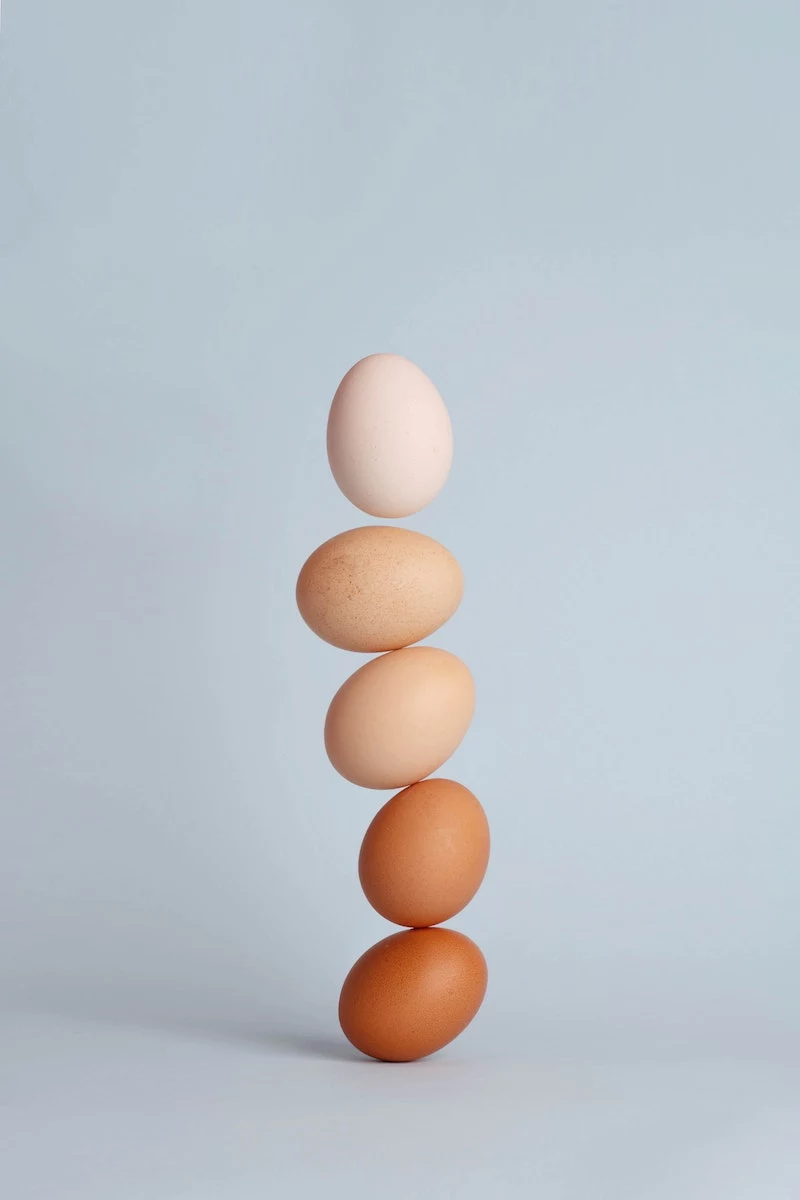
Greek Yogurt: Heads up! Not all yogurts are created equal. Greek yogurt is strained, which removes a lot of the watery whey and concentrates the protein. Always, always buy the “plain” or “unsweetened” kind. A good one has two ingredients: milk and cultures. The flavored versions are usually sugar bombs in disguise. To put it in perspective, a container of plain Greek yogurt might have 17 grams of protein and only 6 grams of sugar. The same-sized fruit-on-the-bottom version could have 11 grams of protein and a whopping 18 grams of sugar. It’s a huge difference! I use plain Greek yogurt instead of sour cream all the time. Here’s a super easy veggie dip recipe: mix 1 cup of plain Greek yogurt with a teaspoon of garlic powder, a teaspoon of onion powder, and a handful of fresh dill. Done.
Group 2: The Fiber-Rich Friends
Fiber does more than just keep you regular. It feeds the good bacteria in your gut, and a healthy gut is central to a healthy body.
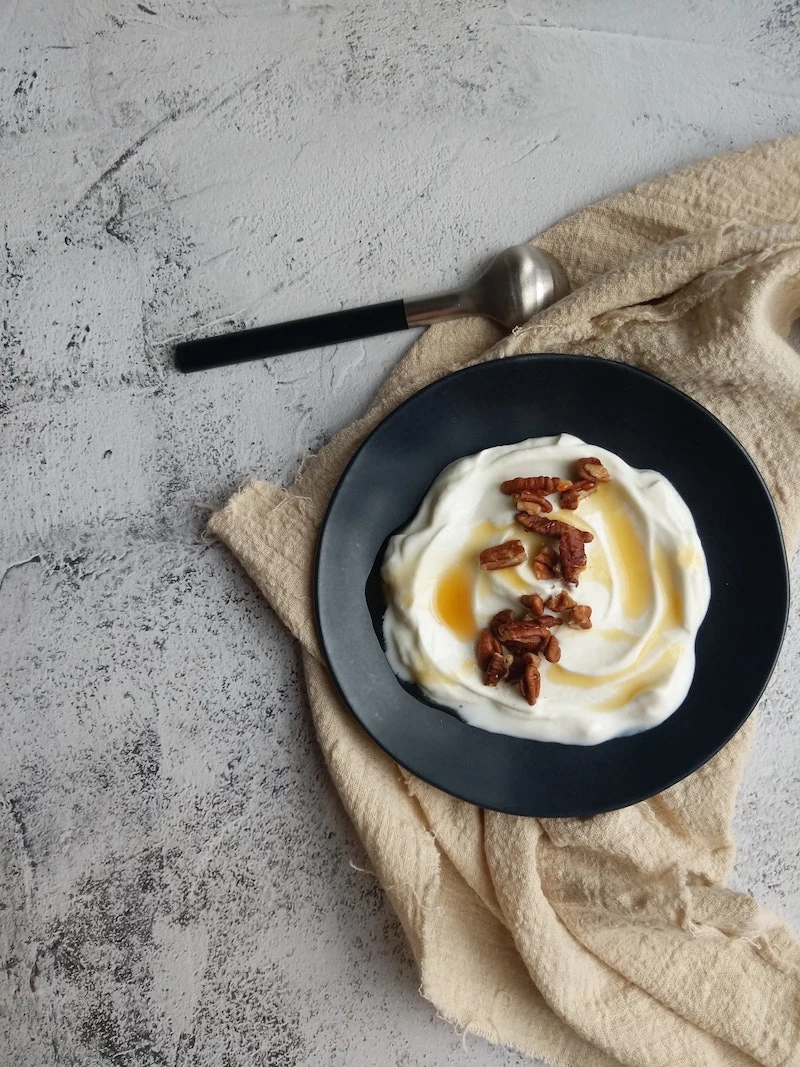
Legumes (Beans, Lentils, Chickpeas): These are nutritional superstars. They’re loaded with protein, fiber, and slow-digesting carbs that provide steady energy. Some people avoid them due to gas and bloating, but a simple trick can help. If you’re using dried beans, soak them overnight, then drain and rinse before cooking. For canned beans, just be sure to rinse them thoroughly in a colander. This can wash away up to 40% of the sodium, which is a major win for reducing bloat!
Berries: While all fruit is good, berries are in a league of their own. They’re packed with fiber and water but are relatively low in sugar. This means they won’t send your blood sugar on a roller coaster. A common hurdle is the price of fresh berries, which can be steep. My advice? Embrace the freezer aisle. Frozen berries are picked at peak ripeness and flash-frozen, locking in all the nutrients. They are way cheaper and perfect for tossing into smoothies or topping your yogurt year-round.
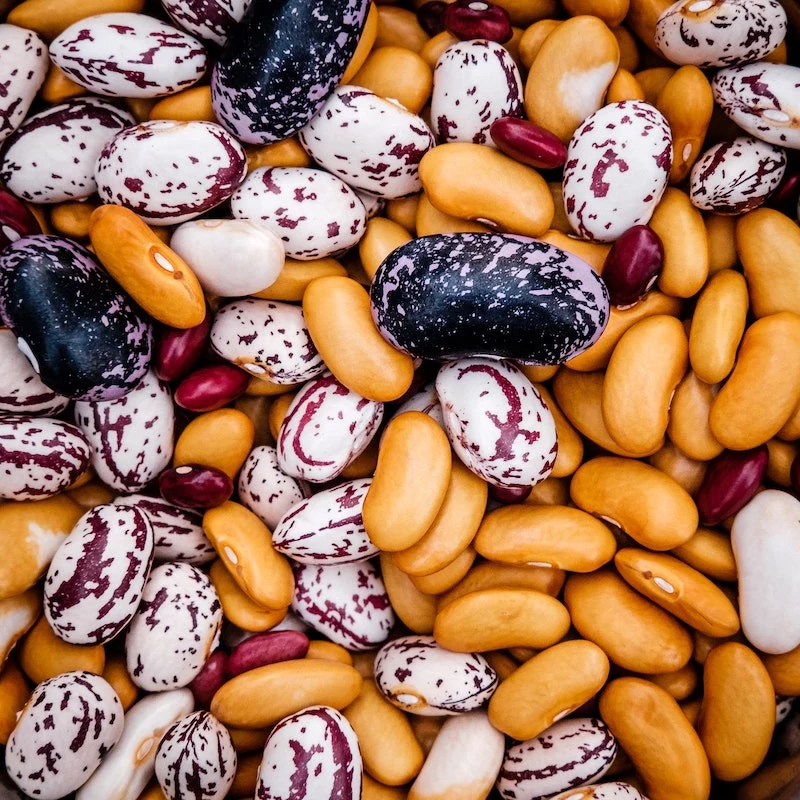
Avocado: It’s a fruit, but nutritionally, it acts like a fat. It’s loaded with heart-healthy monounsaturated fat and an incredible amount of fiber—about 10 grams in a medium one. This fat-and-fiber combo is a knockout punch for hunger. Adding a quarter or half an avocado to a meal can keep you full for hours. Pro tip for picking a ripe one: don’t squeeze the body (it bruises the fruit!). Instead, try to flick off the little stem cap. If it comes off easily and you see green underneath, it’s good to go.
Group 3: The Little Helpers
These foods have unique properties that offer a little extra support for your metabolism and fluid balance. Think of them as bonus points.
Peppers: The heat in chili peppers comes from a compound called capsaicin, which can give your metabolism a slight, temporary boost. To be frank, it’s not enough to cause major weight loss on its own, but it contributes to that thermic effect we talked about. Plus, spicy food can make you slow down and feel more satisfied with your meal. Not a fan of heat? Bell peppers are great, too. They’re bursting with vitamin C, which is crucial for producing carnitine, a compound that helps your body turn fat into energy.
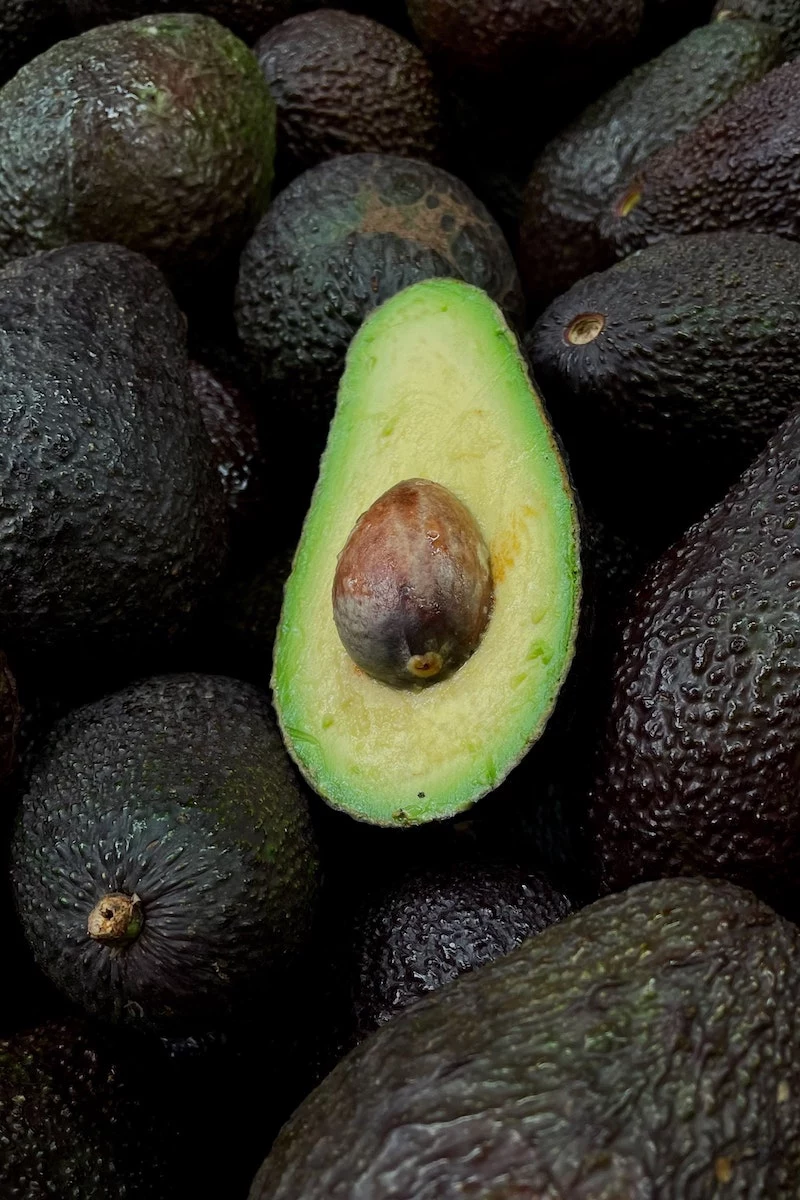
Green Tea: This popular drink contains antioxidants called catechins, and some studies suggest they can modestly increase fat oxidation, especially when paired with the natural caffeine in the tea. Again, the effect is small. But swapping a sugary soda for a cup of green tea is a fantastic health upgrade. A word of caution: be very wary of green tea extract supplements. They are highly concentrated and have been linked to liver issues in some cases. Stick to brewing the real stuff.
Potassium-Rich Foods like Bananas: Bananas get a bad rap for being sugary, but they’re also a great source of fiber and, more importantly, potassium. Most processed foods are loaded with sodium, which makes your body retain water and leaves you feeling bloated. Potassium helps your body flush out excess sodium and restore proper fluid balance. This can lead to a quick visual difference in your midsection. It’s not fat loss, but it’s motivating to see and feel less puffy!
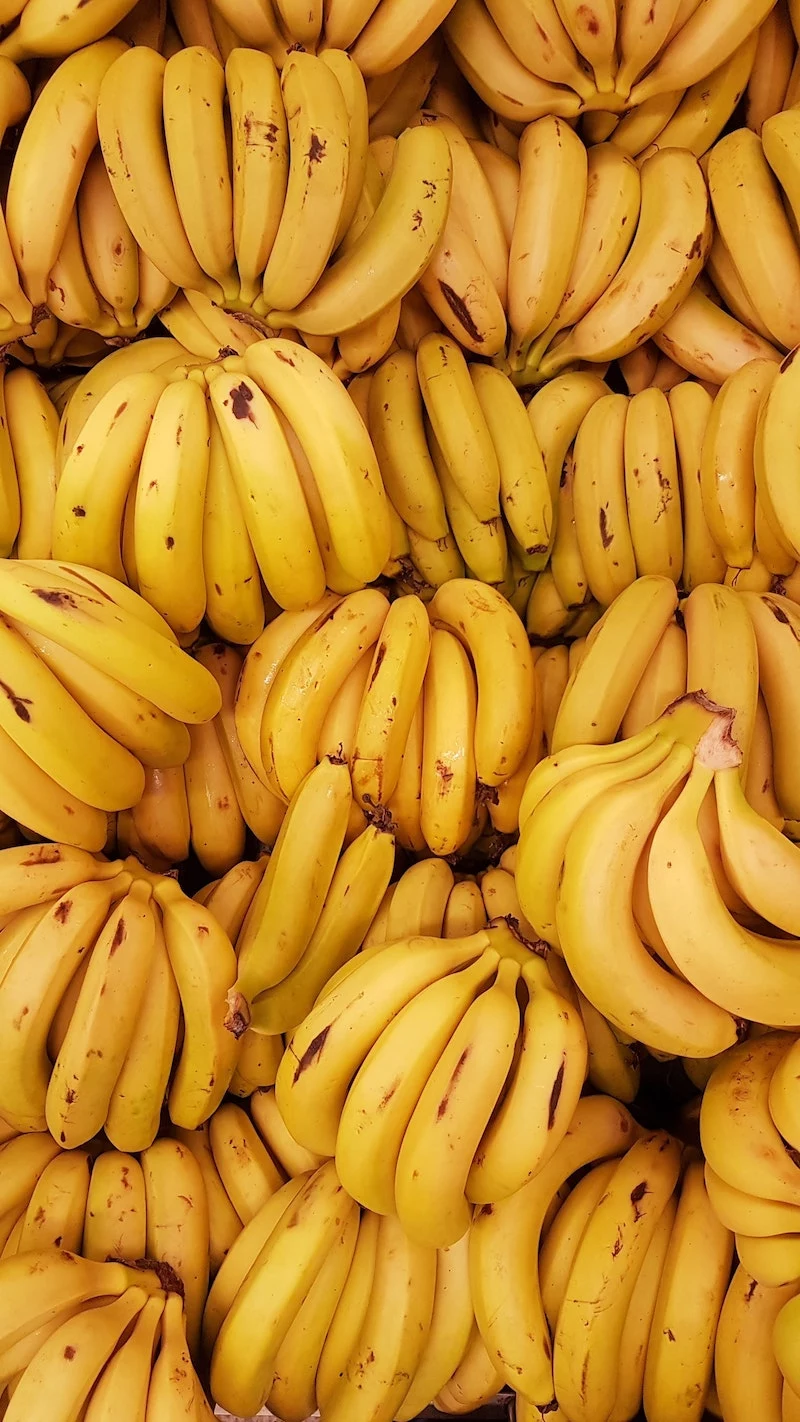
Putting It All Together: A Game Plan
Knowing what to eat is one thing; making it happen is another. Here’s how you can translate this information into action.
A Simple Starter Shopping List
Next time you’re at the store, start with these staples:
- Protein: Chicken breast, salmon (fresh or canned), eggs, plain Greek yogurt, canned chickpeas.
- Veggies: Spinach, bell peppers, broccoli, onions.
- Fruits: Avocados, frozen berries, bananas.
- Pantry: Brown rice or quinoa, lentils, olive oil, your favorite spices.
What a Day of Eating Could Look Like
This isn’t a strict plan, just an idea to show you how balanced and satisfying these meals can be:
- Breakfast: 2-3 scrambled eggs cooked with a big handful of spinach, plus a side of ½ cup of berries.
- Lunch: A large salad with grilled chicken (about the size of a deck of cards), chickpeas, bell peppers, and ¼ of an avocado, dressed with olive oil and vinegar.
- Dinner: A baked salmon fillet (about the size of a checkbook) with a side of roasted broccoli and a ½ cup of brown rice.
- Snacks: A small apple with a tablespoon of peanut butter, a container of plain Greek yogurt, or a handful of almonds.
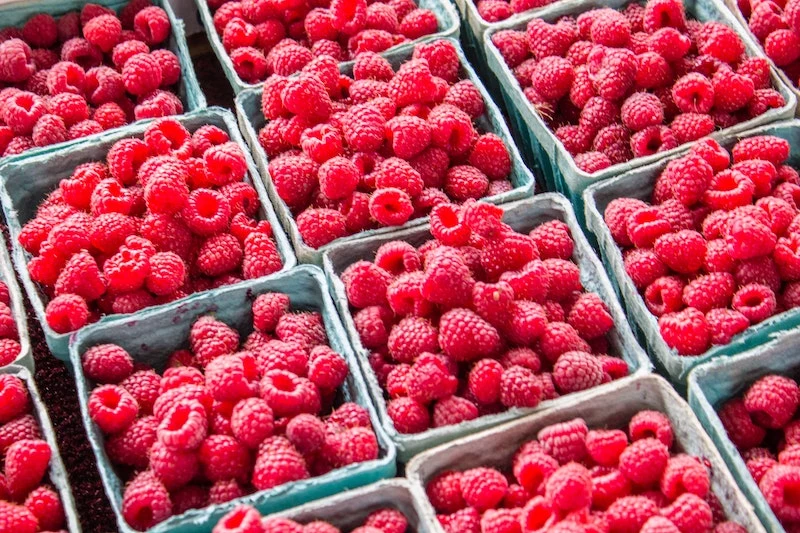
Troubleshooting the Tough Spots
Help! The Scale Stopped Moving.
It happens to everyone. You’re doing great, and then… nothing. Your weight loss stalls. The instinct is to slash calories even more, but that can backfire. I once worked with someone who was incredibly frustrated by a plateau. Instead of cutting back, we took a ‘diet break.’ For two weeks, we brought her calories back up to a maintenance level, still focusing on whole foods. It gave her body and mind a much-needed rest. When she went back to her small deficit, she felt re-energized, the plan felt easier, and the scale started moving again. Sometimes, a strategic step back is the best way to move forward.
Learning Real Portion Sizes (Without a Scale)
Most of us are way off when we eyeball portions. Using a food scale for a week or two can be a real eye-opener, but you don’t need it forever. The goal is to train your eyes. After a while, you’ll just know what a serving looks like. Here are some handy visual cues:
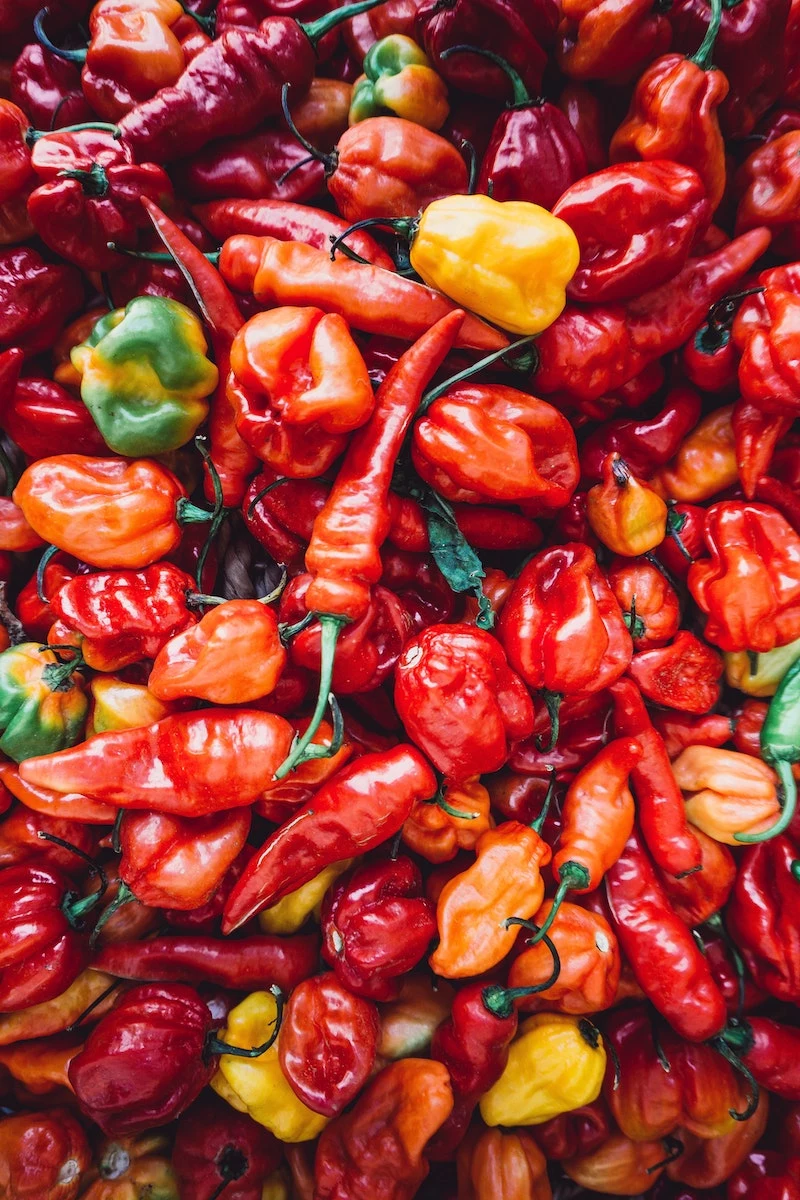
- A 3-4 oz serving of lean protein (chicken, fish, beef) is about the size of a deck of cards or the palm of your hand.
- A 1-tablespoon serving of fat (peanut butter, oil) is about the size of your thumb.
- A 1-cup serving of carbs (rice, pasta) is about the size of your clenched fist.
A Final, Important Word
As a professional, my first priority is your safety. This advice needs to come with some clear guardrails.
The Dangers of “Fat-Burner” Pills: Please, be careful. The supplement industry is a bit of a wild west. Products marketed as fat burners are often just a cocktail of stimulants and unproven herbs. At best, they’re a waste of money (and a pricey one at that, often $40-70 a bottle). At worst, they can cause anxiety, heart palpitations, and even organ damage. I’ve seen cases where people developed serious liver problems from these pills. Your health is not worth the gamble. Stick to real food.

Know When to Get Professional Help: This is general advice for healthy adults. If you have a medical condition like kidney disease or diabetes, you absolutely need to talk to your doctor or a registered dietitian before overhauling your diet. And if you feel overwhelmed or have a history of disordered eating, please reach out to a professional. We’re here to provide personalized, supportive guidance, not just a list of foods.
Remember, this is a marathon, not a sprint. A healthy, sustainable rate of fat loss is about 1 to 2 pounds per week. Be patient, be consistent, and focus on building habits that make you feel good. These foods are just tools. Combine them with movement, sleep, and stress management, and you’ve got a recipe for success that will last a lifetime.
Inspirational Gallery
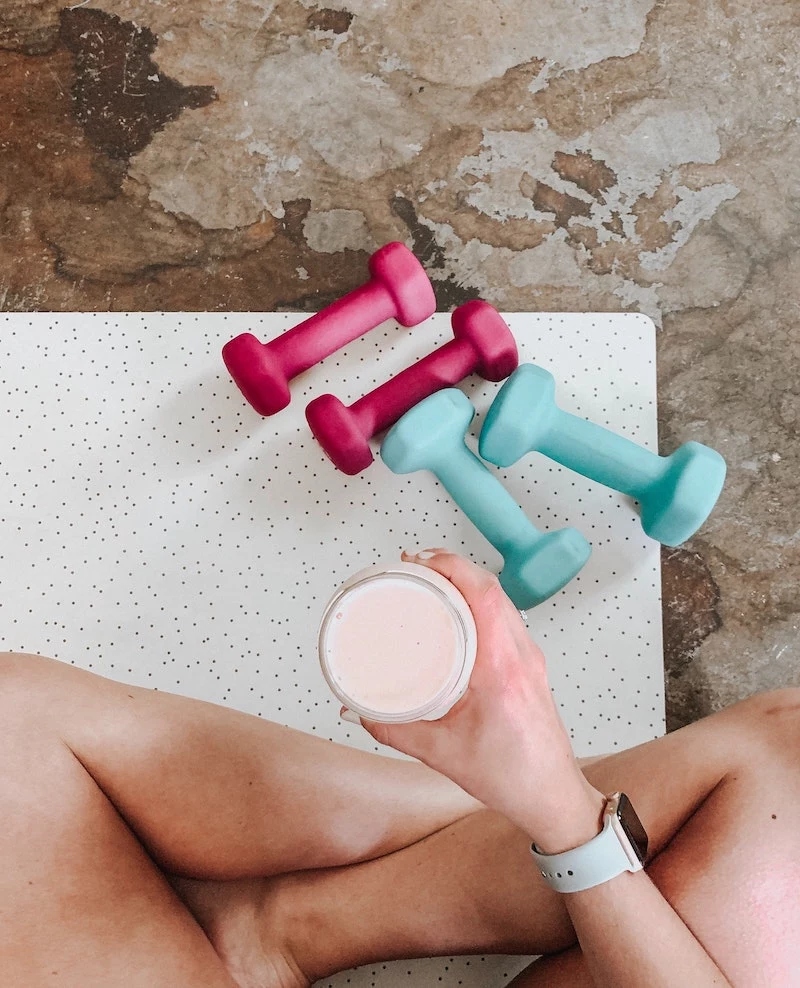
What’s the best protein powder for my smoothie?
Choosing the right protein powder can feel overwhelming, but it often comes down to your dietary needs. Here’s a quick look at two popular options:
Whey Protein: Derived from milk, it’s a complete protein containing all essential amino acids, making it a classic for post-workout muscle repair. Brands like Optimum Nutrition Gold Standard are popular for their fast absorption and smooth texture.
Pea Protein: A fantastic plant-based option for vegans or those with lactose intolerance. It’s hypoallergenic, rich in iron, and easily digestible. Look for clean options like Naked Pea. Ultimately, the best choice is the one that helps you consistently hit your protein targets and fits your lifestyle.










